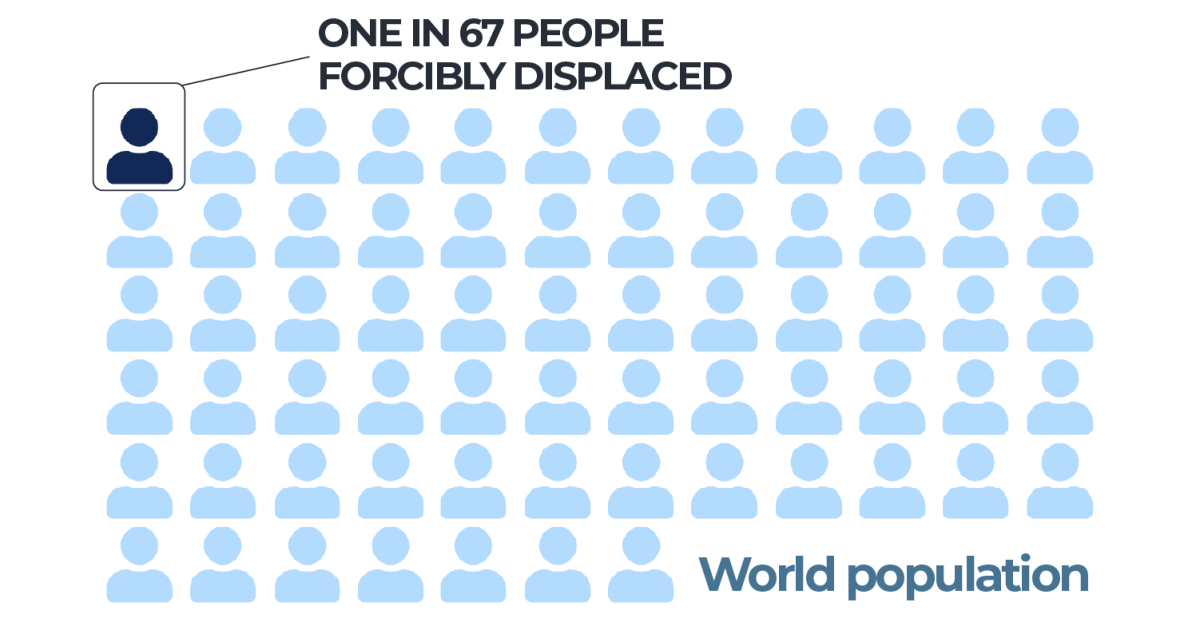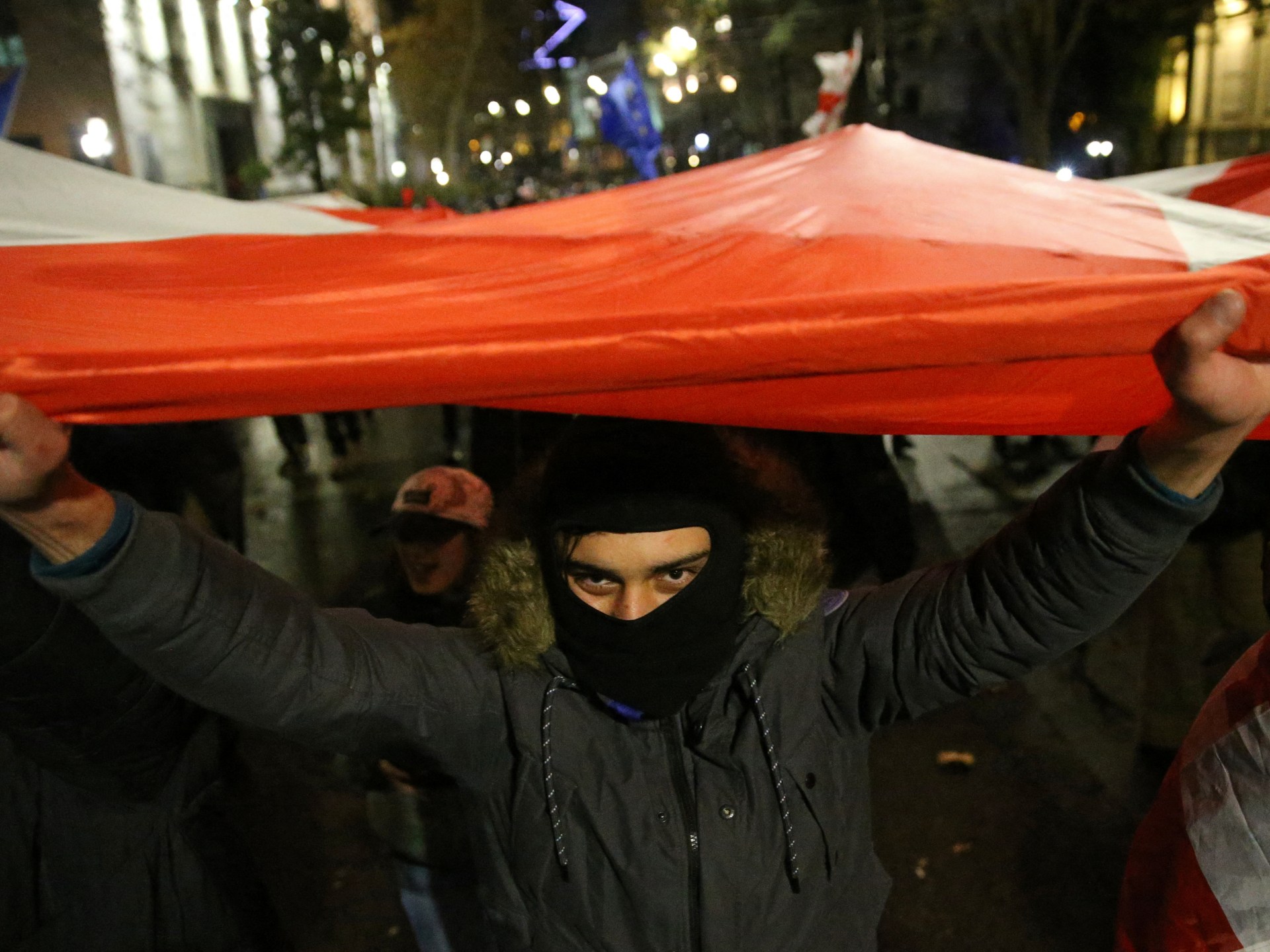Jessica Morgan-Helliwell, 26, and her Louise Church, 48, are ‘Bakery Tourists’- trying posh treats at artisan bakeries from Australia to Prague and Marrakech
A mother and daughter duo have embarked on a sweet adventure, scouring the globe for the ultimate pastry experience as self-proclaimed ‘Bakery Tourists’.
From Australia to Prague and Marrakech, Jessica Morgan-Helliwell, 26, and Louise Church, 48, been indulging in artisan bakeries’ posh treats for the past two years.
Their shared passion for pastries and bakes drives them to visit at least one new artisan bakery every weekend, meticulously planning their trips abroad around these culinary hotspots. Under the social media handle @loveeatdrinktravel, they share their discoveries with the world.
Among their standout finds are the cherry bomb pastry at Prague’s Artic Bakehouse and the almond croissant cookie at Brooki Bakehouse in Brisbane. However, despite exploring renowned bakeries in London, Marrakech, and beyond, Jess and Louise confess that their all-time favourite spot lies just eight miles from home.
Their crowning jewel is the hot cross bun croissant at Little Valley Bakery in Swansea, South Wales. “They had croissants with the iconic hot cross bun cross on top, and a buttery raisin filling – and it did actually taste like a hot cross bun. It was really unique,” Louise raved.
Do you have a travel story to share? Email webtravel@reachplc.com
READ MORE: Satellite image shows wildfires ravaging holiday island as tourists evacuated
Jess echoed her sentiments: “It had buttery spiced frangipane, flaky croissant layers, and that iconic hot cross bun cross.”
Jess attributed their pastry obsession to their long-standing love affair with baked goods. This passion has taken them on an extraordinary journey, uncovering hidden gems in their own backyard and around the world.
We’ve got Italian heritage – my great-great grandparents are from Italy, so we love trying Italian bakes and food. “We go to all kinds of different places and try new things along the way,” Jess said.
“We look at social media a lot for inspiration – I think that can be a really good way of finding new places to go. We always have an eye on the local area as well – we’ve got a lot of bakeries that have opened close to us recently.
“If we’re going abroad, we always have a look to see what’s about. We’ve just got back from Prague, and social media was a big part of looking into where to go. We’ve been doing social media content creating for about two years now, and going to all the local restaurants.
“We found that we were always looking for new places to go, so we thought we’d start documenting it ourselves – that’s where @loveeatdrinktravel came from.”
Bakery enthusiasts Jess and Louise are always in search of establishments that innovate on beloved classics, stressing that presentation is nearly as crucial as flavour.
READ MORE: What Qatar airspace closure means for holidays as airlines cancel flightsREAD MORE: Turkey travel alert issued by Foreign Office as tensions flare
Louise added: “We’re constantly looking for places to go – we never sit still! We love adventuring, so we’re always planning where we’re going on our next trip. We always try and go somewhere new on the weekends if we can.
“We’re planning our next trip abroad in a few weeks, to Marrakech, so we’re already looking at places to try there. We go to London a lot – London is about three hours from where we live in South Wales, so we plan our trips around where we want to try.”
Louise’s prime pick is a classic almond croissant, whereas Jess swears by a tangier treat, having hailed a recent raspberry croissant as “one of the best things I’ve ever tasted.”
Louise noted: “On social media, people tend to love the pastry and bakery finds more than anything else at the minute. I think a lot of people are interested in unique bakes as well – something different from the norm and aesthetically pleasing. I think people eat with their eyes, so it’s good to find somewhere the pastries look really tasty.”
Sharing about their local gems, Louise revealed: “There’s a local bakery to us – Little Valley Bakery – and around Easter time, they were doing hot cross bun croissants. They had croissants with the iconic hot cross bun cross on top, and a buttery raisin filling – and it did actually taste like a hot cross bun. It was really unique.”
Despite their adventures, several of Jess and Louise’s cherished bakeries, including Little Valley Bakery and Refinery in Swansea, are conveniently located nearby, leading them to plan a new TikTok series featuring the families behind some of their favourite haunts.
“A lot of Italian families moved to South Wales during the war and started cafes that do homemade cannolis and traditional pastries – so we want to try as many as we can find and talk to the families about what it’s been like to be in the cafe business for so long,” Louise.
However, after two years of globetrotting and content creation, Jess and Louise agree that the highlight of their journey is the chance to spend quality time together, all while indulging in scrumptious sweet treats.
“We absolutely love doing it – and it’s a great way of spending time together as well,” Jess shared. “We go to all kinds of different places and try new things along the way – I think it’s really nice.”










